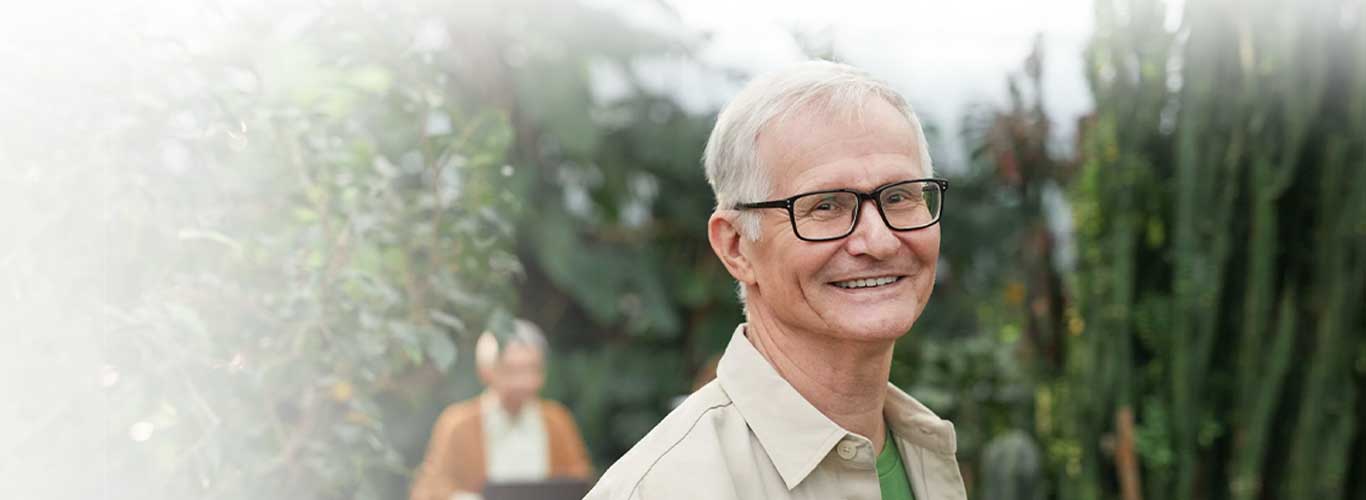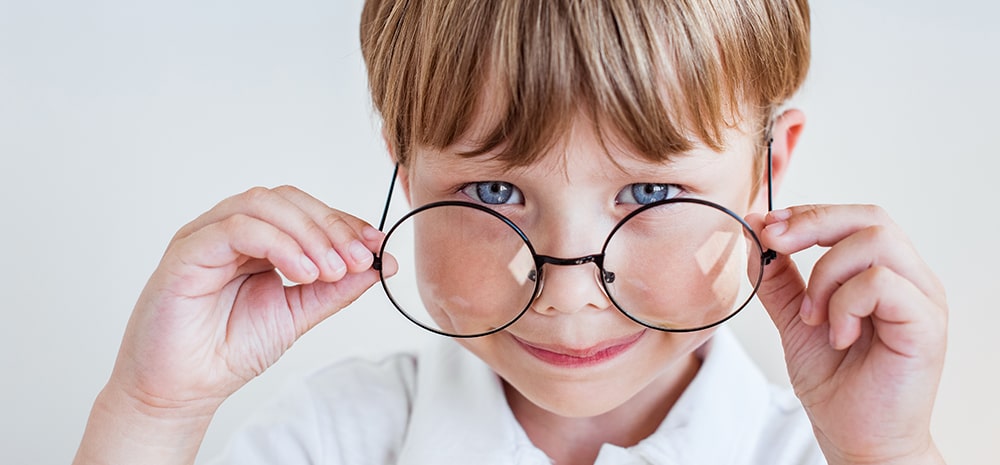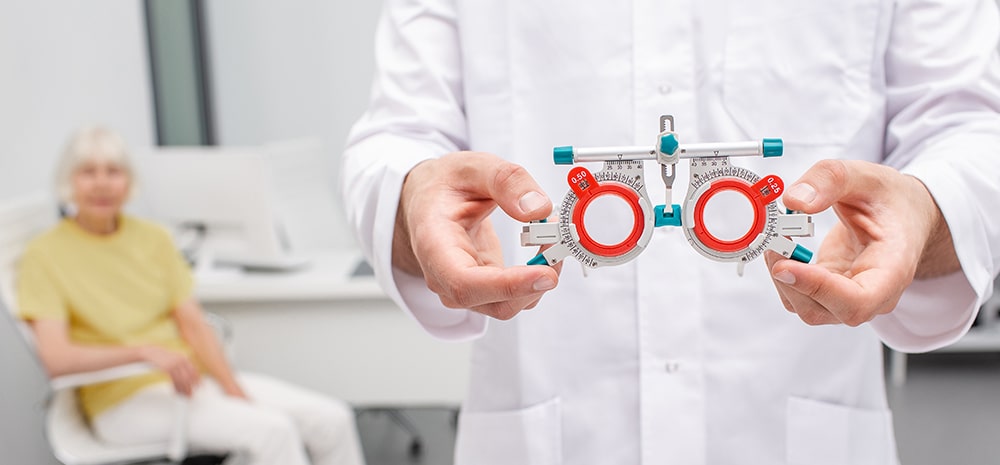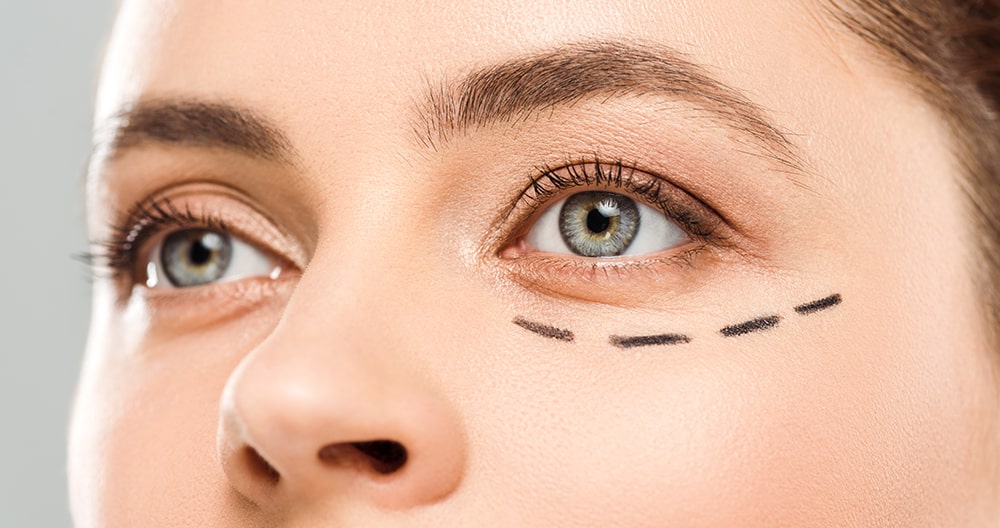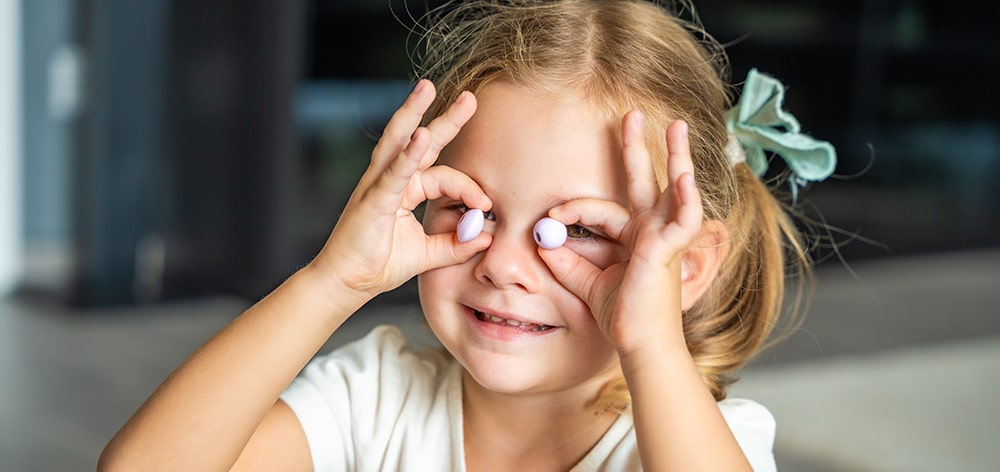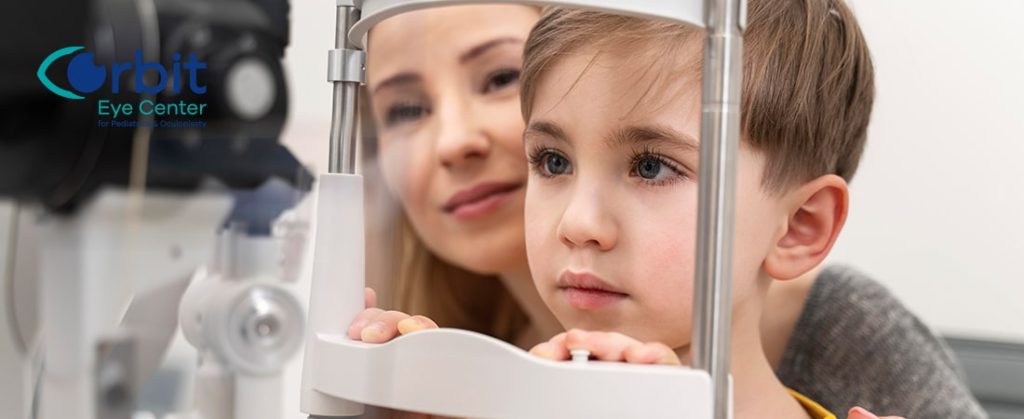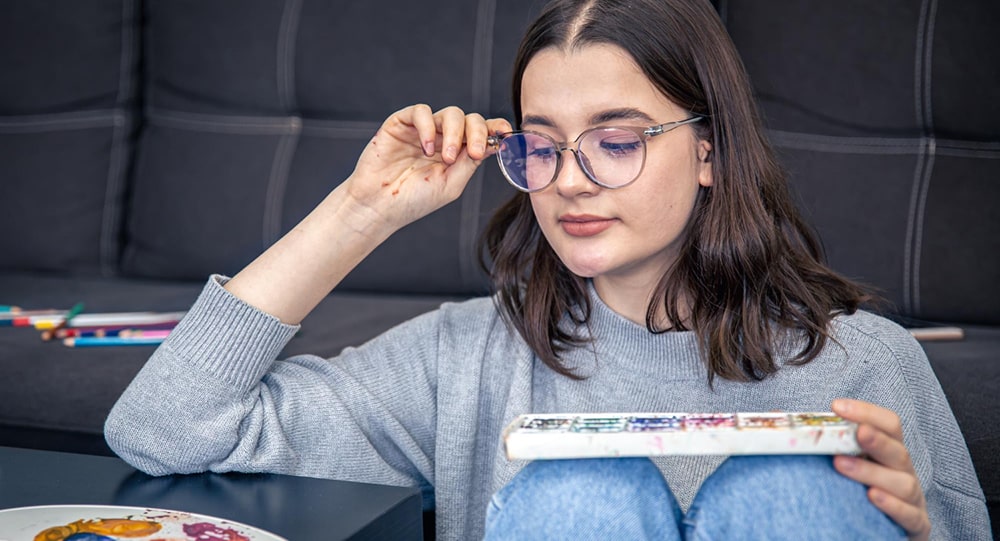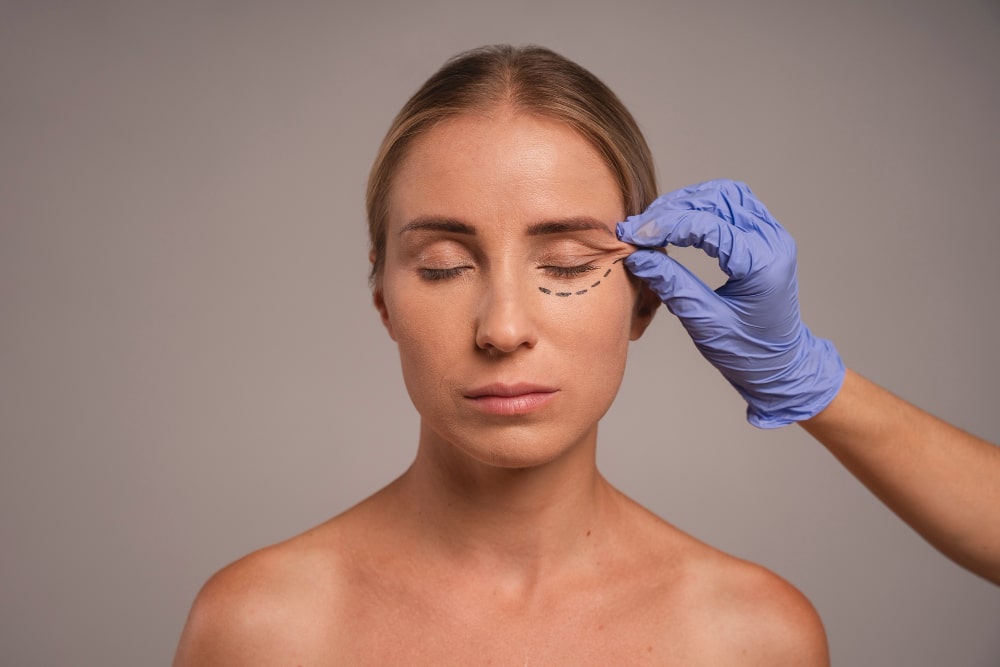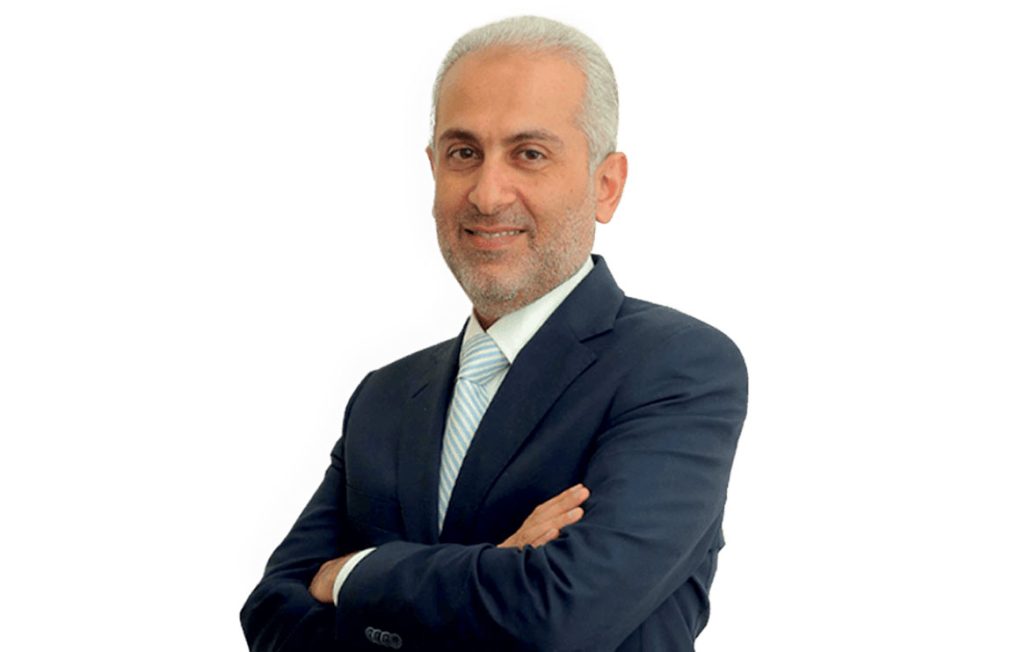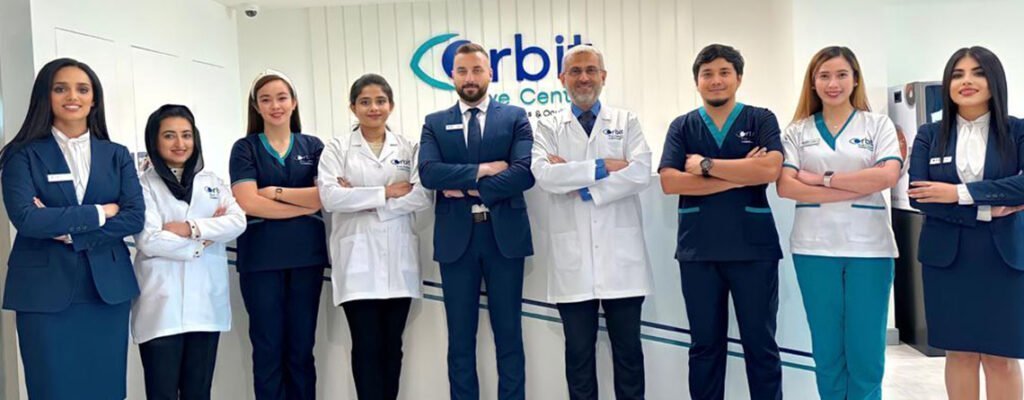What are Low Vision Aids?
Low vision aids are special devices designed to assist individuals with low vision to see and read. These devices provide better magnification properties as well as higher-quality optics to improve visual performance in people with visual impairments.
Individuals are described as having “poor or low vision” when they have visual deficits that cannot be rectified by medications, using standard eye correction techniques such as traditional glasses or contact lenses, or through surgery. People with low vision can experience difficulty in performing day-to-day activities such as reading, recognizing faces, or driving.
Low vision aids can be optical, non-optical, or electronic devices. They are different from your normal eyesight glasses and magnifiers and are usually prescribed by your ophthalmologist when traditional lenses do not offer the required visual range to address visual impairments.
Indications for Low Vision Aids
Low vision aids are mainly indicated to correct visual deficits occurring as a result of eye conditions and other factors such as:
- Aging
- Macular degeneration
- Eye trauma
- Tunnel vision
- Retinitis pigmentosa
- Glaucoma
- Diabetic retinopathy/maculopathy
- Other low vision disorders
Types of Low Vision Aids
Some of the types of low vision aids include:
- Reading glasses: Special high-powered reading glasses can assist an individual with poor vision to read small print. These are available in bifocals or single vision designs. These glasses are stronger than normal reading glasses and require some time to get used to as you have to position your face closer to the reading material. A low vision expert can demonstrate the best way to utilize them.
- Magnifiers: Hand-held magnifiers are one of the most affordable low vision aids for reading, and some are even illuminated to make print appear even more visible. Other magnifiers that are supported by a band that hangs from the neck or mounted on height-adjustable stands are also available.
- Reading telescopes: These low vision devices are commonly mounted on the lenses of eyeglasses and offer high magnification while enabling the wearer to see reading material from a normal distance. Again, reading telescopes require some kind of training to utilize them properly, but they often are extremely helpful. Hand-held versions are also available.
- Video magnifiers: These are desktop devices that include a camera lens that displays highly magnified pictures on a computer screen or video monitor. You can sit as close to the screen as necessary and adjust the brightness, color, contrast, and magnification of the display to your preference.
- Portable electronic magnifiers: Also available are low vision portable electronic devices that look similar to an iPad or lightweight tablet computer. You can position these portable devices in front of reading material and a magnified image appears on the LED screen.
Working Mechanism of Low Vision Aids
Low vision aids function by using and maximizing whatever vision you retain. They significantly enhance and direct the vision you still have and assist you to regain the specific visual functions you have lost. For instance, a high degree of magnification can assist you with reading small print in a book or newspaper articles or food labels. For those with a very high degree of vision loss, we provide computerized technology that turns text into audio.
Summary
Low vision aids are available in a wide variety of powers and designs. They range from simple hand-held magnifying lenses and advanced electronic devices to state-of-the-art telescope glasses and more. Based on your eye condition and everyday living needs, a low-vision specialist recommends the best type of device suited for your condition. The main objective of low vision aids is to increase your quality of life, regain your independence, and help overcome limitations of low vision so that you can perform everyday tasks more easily and with less frustration.
